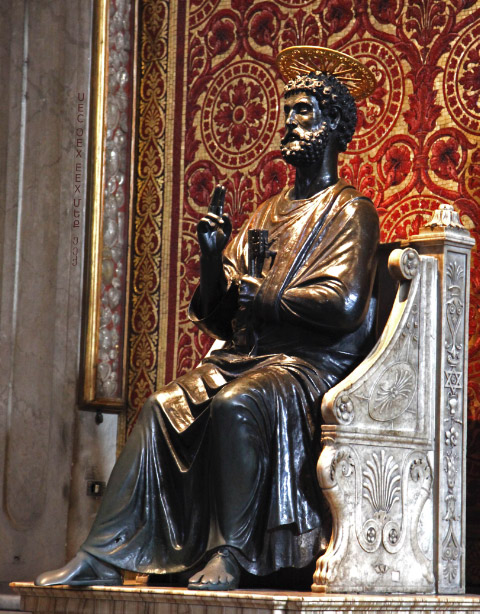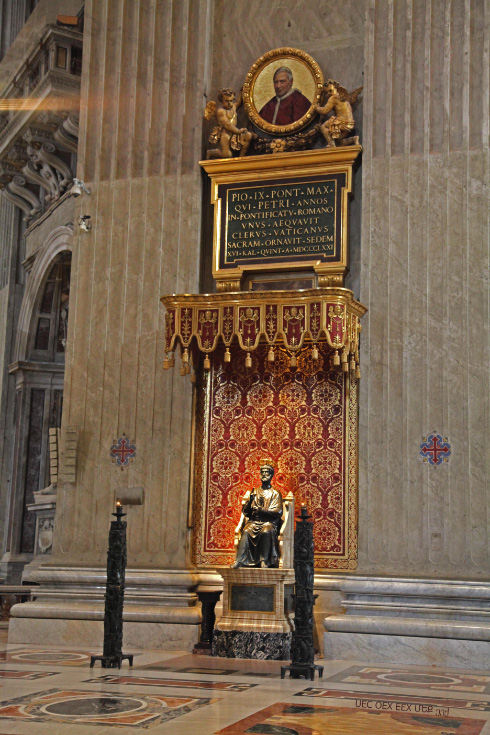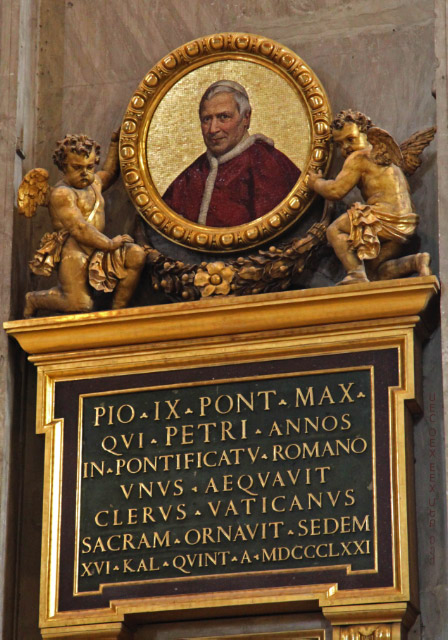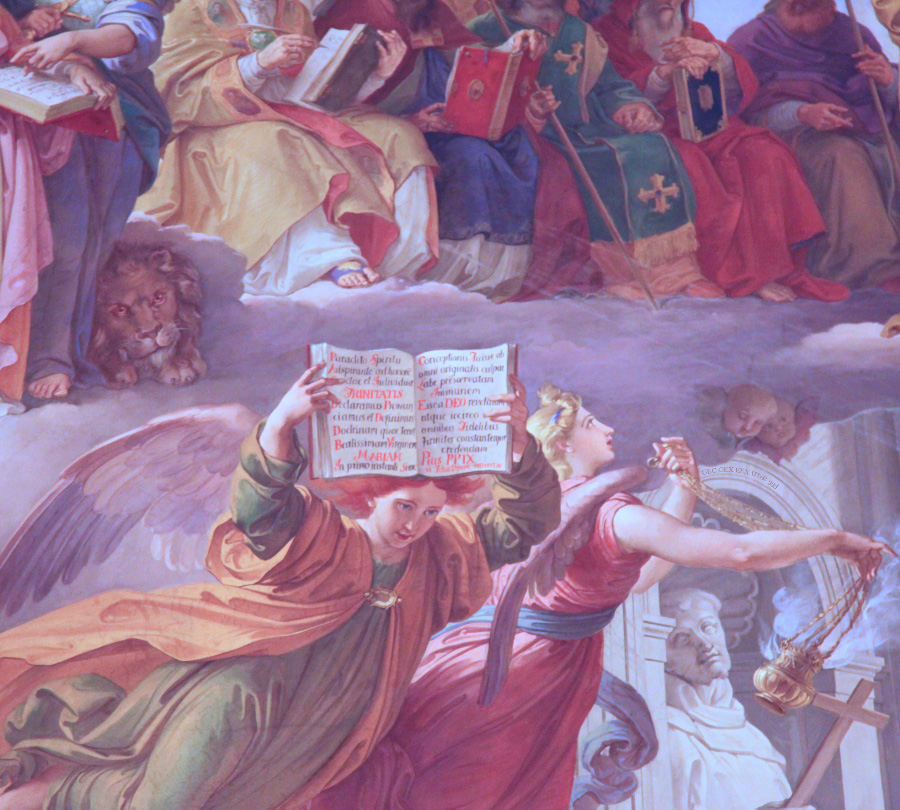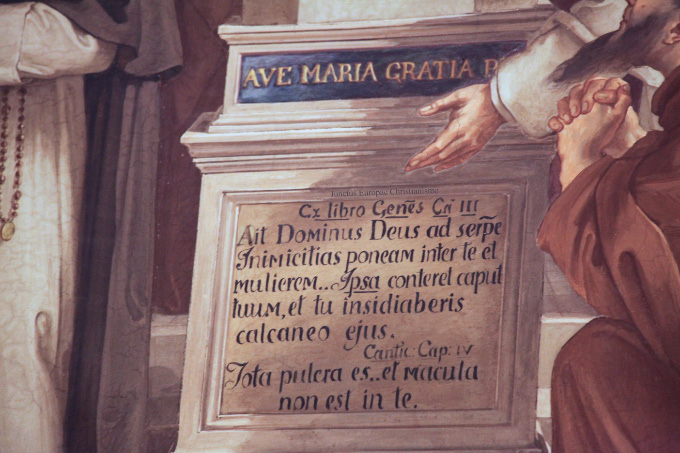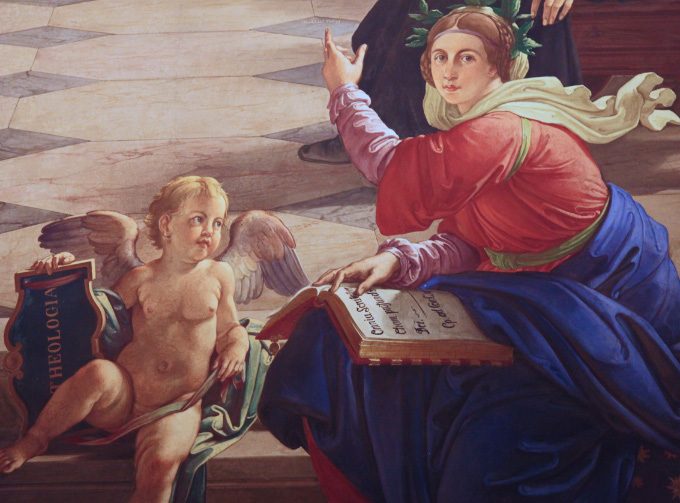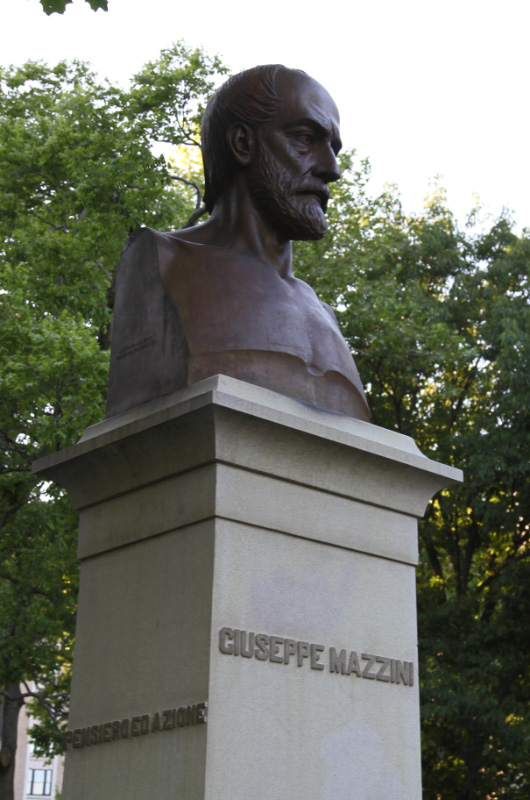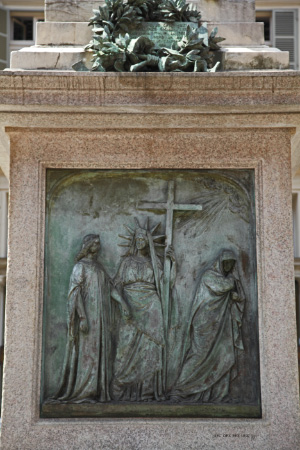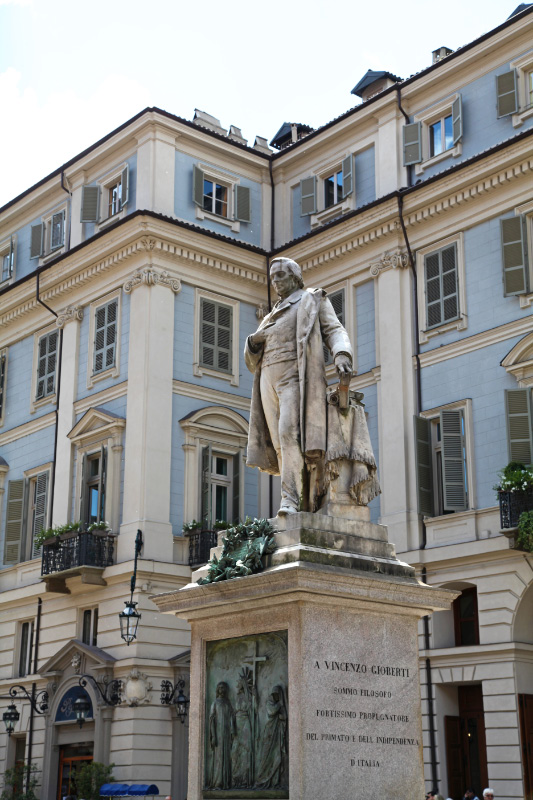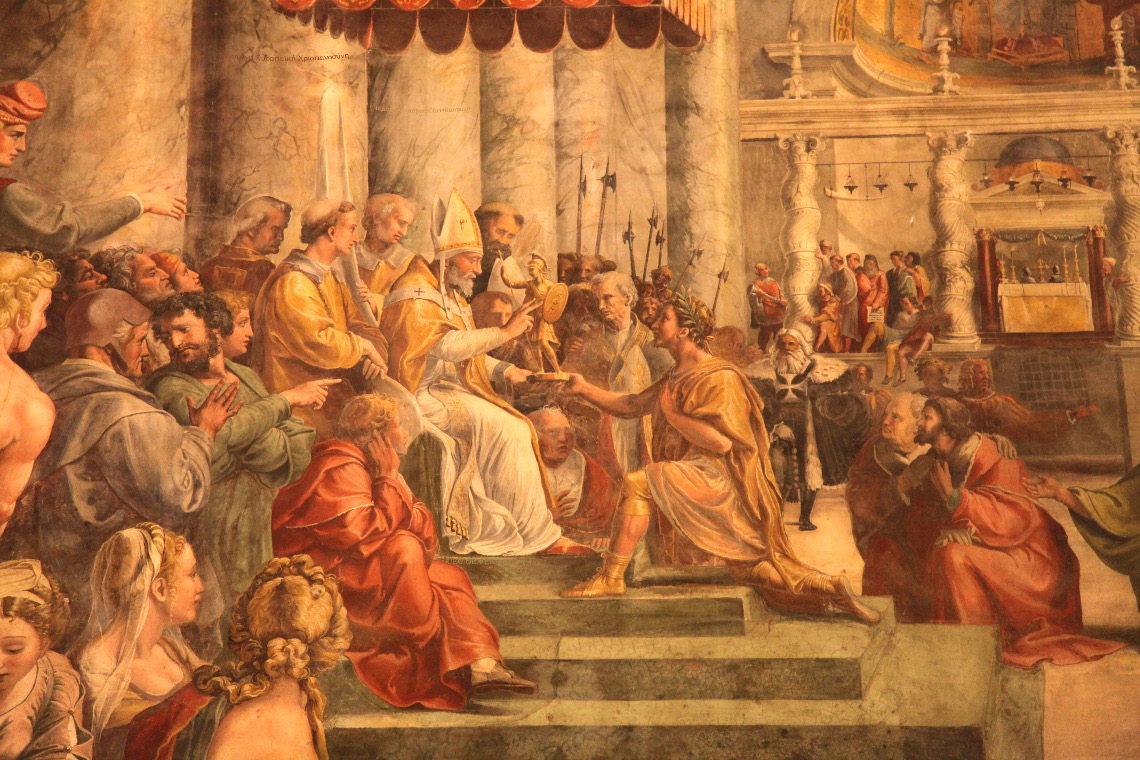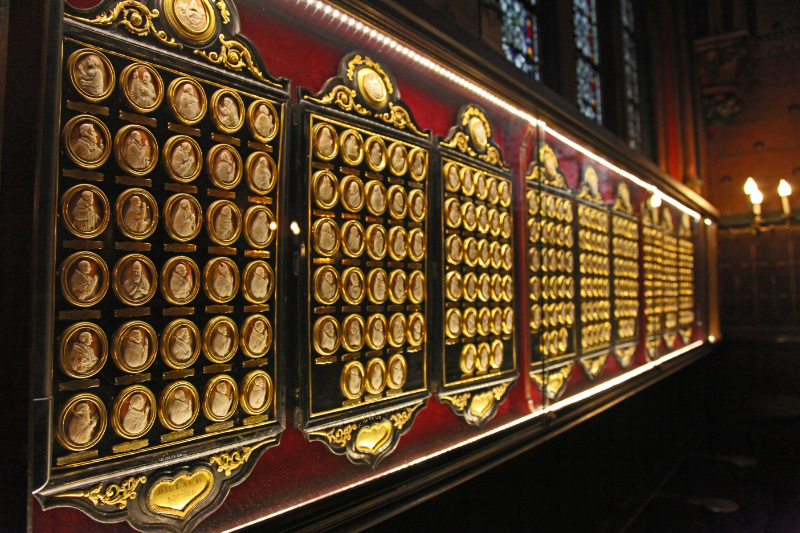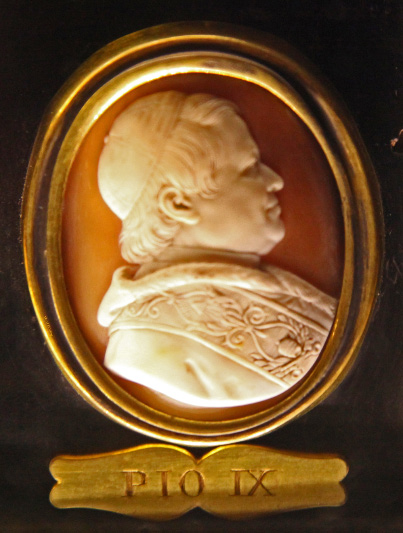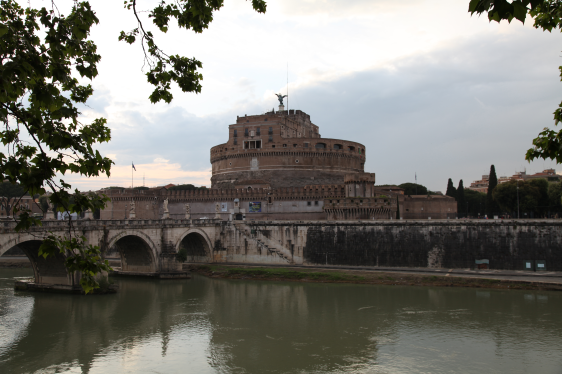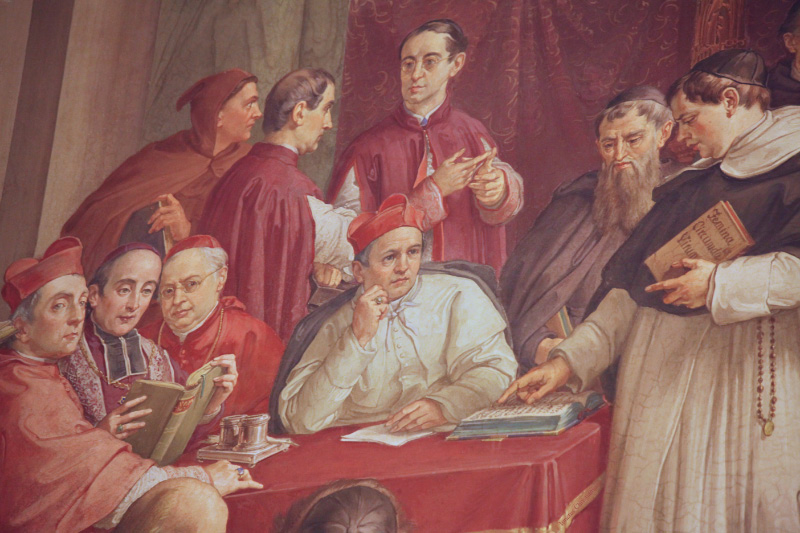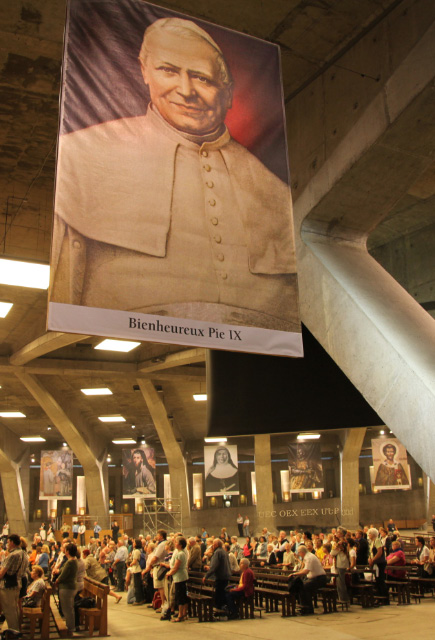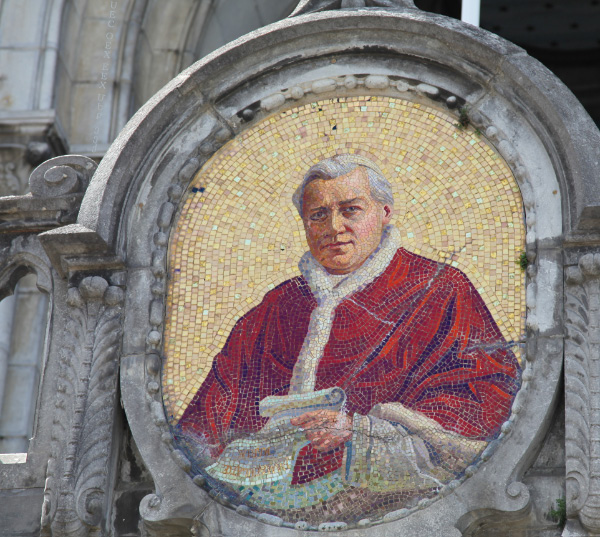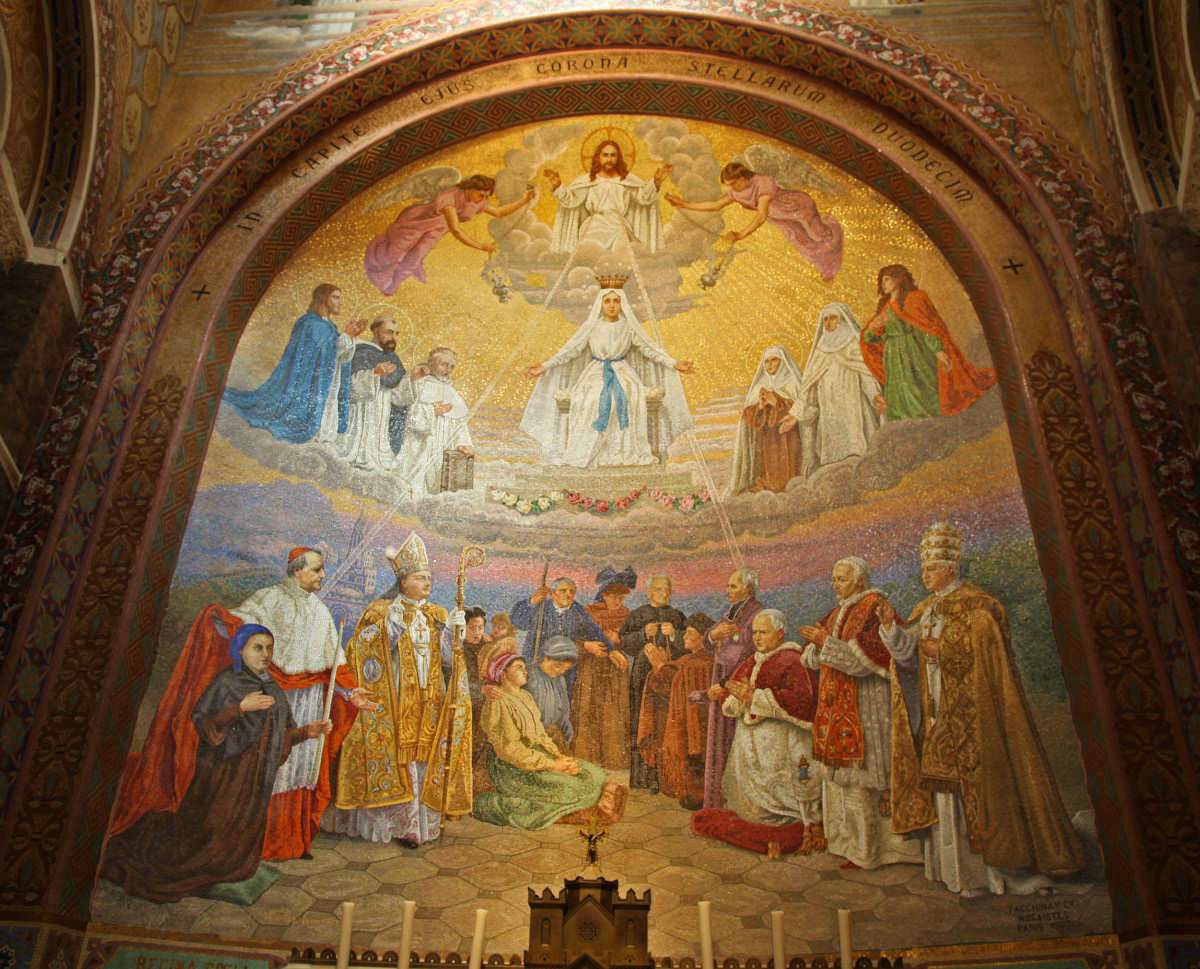| |
Pope Pius IX, by far the longest serving elected pope, reigned for 31 years and 236 days from 16 June 1846 until his death on 7 February 1878, his papacy being more momentous by far than this longevity circumstance suggests. On 29 June 1868 he convoked the First Vatican Council (the 20th Ecumenical Council in the Catholic tradition, even if not fully "Ecumenical"), which opened on 8 December 1869 and adjourned on 20 October 1870. On 18 July of 1870 that council, convoked and lead by Pope Pius IX, pronounced and declared in the Dogmatic Constitution on the Church, Pastor Aeternusas, the dogma of the Infallibility of Popes, including of course Pius IX himself, when they speak ex cathedra to define doctrine concerning faith or morals.
As an interesting footnote, can any conclusions regarding how his papacy was viewed by his successors be drawn from the fact that, of the 10 popes who have followed Pius IX, 3 have chosen Pius as their ponifical names — Pius X (Giuseppe Sarto) 4 VIII 1903 - 20 VIII 1914; Pius XI (Achille Ratti) 6 II 1922 - 10 II 1939; and Pius XII (Eugenio Pacelli) 2.III.1939 - 9.X.1958 — all three having been elevated within 61 years of the death of Pius IX?
For those readers unfamiliar with the immediately surrounding circumstances of the Roman Pope, the following very brief outline is offered. In short, the circumstances could hardly have been worse. Some would argue that one can not understand the pronouncements of Vatican I without understanding these conditions. It was during Pope Pius IX's reign that the popes finally lost sovereignty and control over the Papal States, which the popes had ruled in varying degrees of completeness as temporal princes since the Donation of Pepin in 751/754-56, when the Frankish King Pepin the Short, father of Charlemagne, donated to the Church vast territories in central Italy which had just been won through war from the Lombards, who themselves had only recently acquired them from the conquered Exarchate of Ravenna, the main seat of Eastern Roman Emperor's government in Italy. Perhaps one can guess how much the Eastern Orthodox to this day appreciate this notion of the Donation of Pepin. On 25 December 800 Pope Leo III crowned Charlemagne "Emperor of the Romans". Looking forward 1100 years to Pope Pius IX's reign, Europe had been in revolutionary turmoil on and off for more than half a century since the French Revolution. The forces of Italian nationalism encompassed his entire reign. Having lost sovereignty over most of the Papal States a decade earlier, after the Franco-Prussian War began on 19 July 1870, Napoleon III withdrew the French garrison from Rome which had been protecting Pius IX, and the Italian people wanted King Victor Emmanuel II to take Rome. Pius IX having refused an offer to allow the forces of the Italian Army to enter Rome peacefully, Italy declared war on the Papal States on 10 September 1870! Rome was captured on 20 September 1870 and later annexed to Italy. For 58 years from then until the creation on 11 February 1929 of the sovereign State of Vatican City by the Lateran Treaty and Concordat (signed for King Victor Emmanuel III by Prime Minster Benito Mussolini), the popes, beginning with Pius IX who was to reign for 7 more years, were "prisoners" in the Vatican. But getting back to the main point:
- Papal Infallibility is declared on 18 July 1870;
- Franco-Prussian War begins on 19 July 1870;
- Italy declares war on the Papal States — Italy declares war on the Pope! — on 10 September 1870;
- On 20 September 1870 Pope Pius IX ceases to be a temporal King, he is the last Bishop of Rome to rule territories, which had been part of what the popes had been doing since 751 and actually for centuries before that**: raising taxes, enforcing justice, going to war against other Christian states, commanding Christians to kill other Christians. The reader can decide for her/himself whether this loss of sovereignty over territory by the Churchmen claiming spiritual leadership over the Christian world was in fact a loss or a deliverance from a circumstance which never should have existed in the first place. An anomaly lasting 1119 years? In September of 1870 Pope Pius IX had ordered his tiny forces to fight the Italian Army. Rome was to be taken by force and not from consent.
(**From the final fall of the (Western) Roman Empire, whenever that was. On 4 September 476 when a Germanic chieftain, Odoacer deposed Romulus Augustus, the last Emperor of the Western Roman Empire? Or from 17 January 395 when the last emperor to rule both the Eastern Roman Empire and the Western Roman Empire, Theodosius I, died? Or from the death of the last Eastern Roman Emperor who tried to re-conquer the Western Roman Empire and re-unite the Christian empire, Justinian the Great, on 14 November 565? Actually, the Church in Rome began rapidly to acquire territory after the time that the Christian Church ceased to be illegal in 313 under Emperor Saint Constantine the Great (reigned 306-337), and perhaps the distinction between huge private landowner and sovereign became blurred at times over the centuries.) |
|
